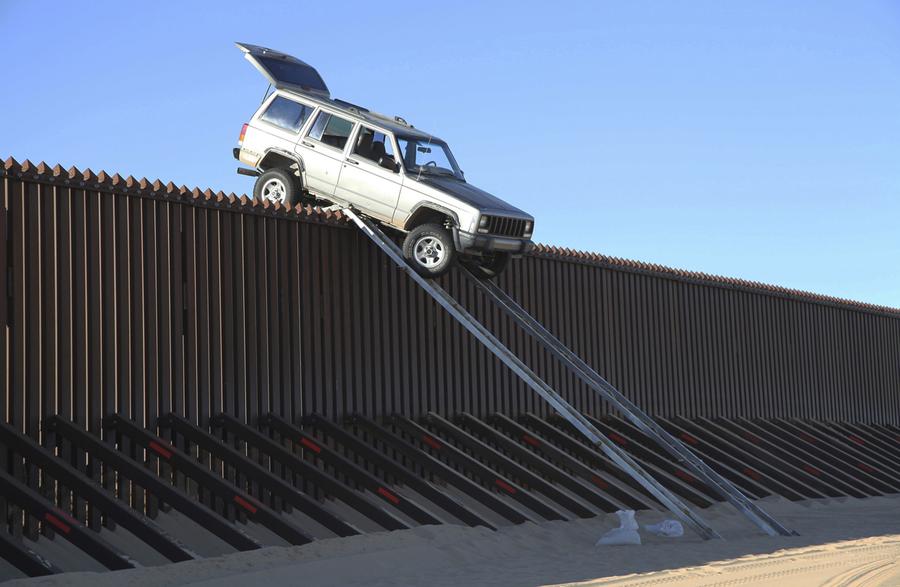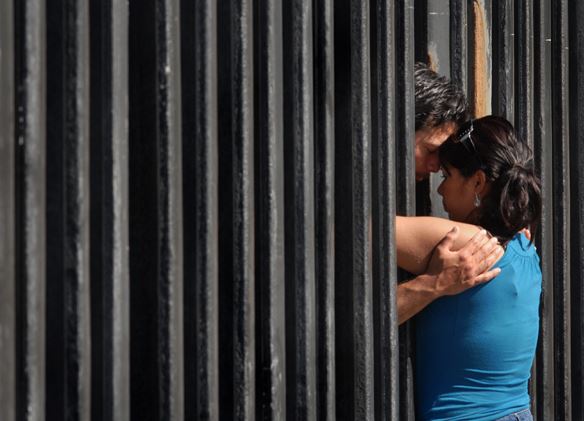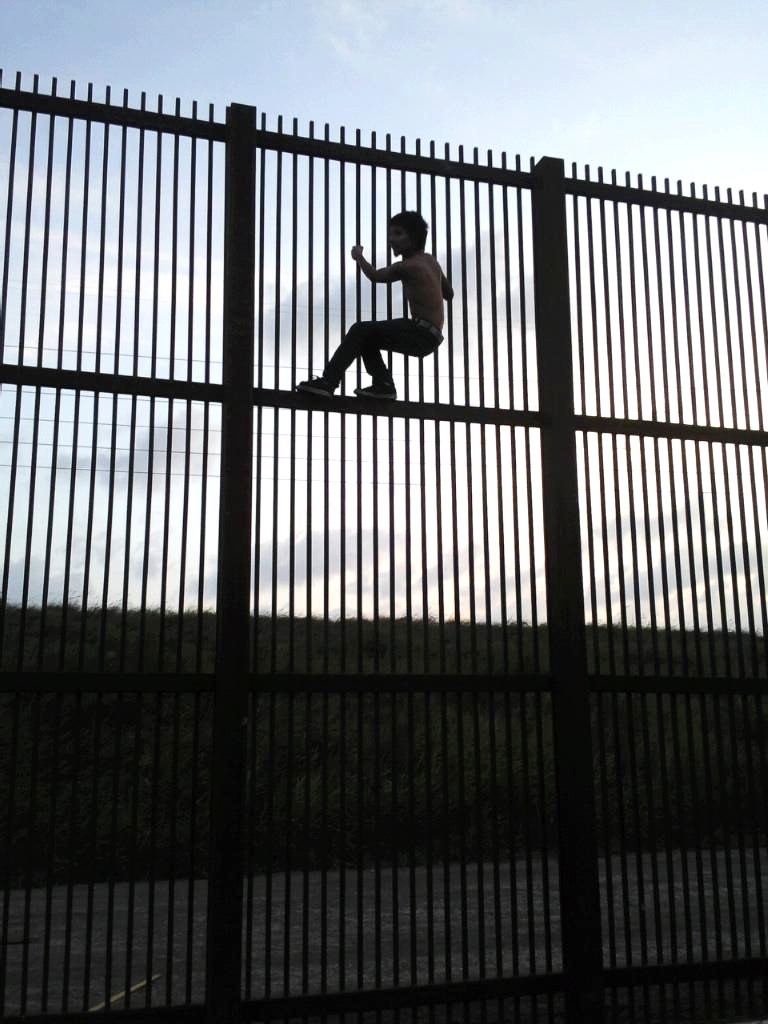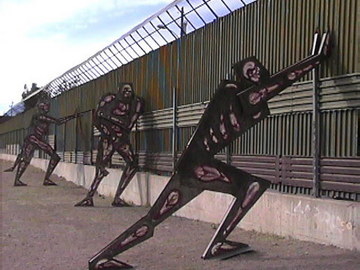Walls can’t stop ideas. A wall itself is an idea, or rather, an admission that the builder of the
wall has run out of ideas.
QUITO, Ecuador — From the start of his presidential campaign Donald Trump has hyped his idea of a giant new wall along the Mexican border to keep out undesirables. Because, you know, “They’re bringing drugs. They’re bringing crime. They’re rapists. And some, I assume, are good people.” Trump has repeatedly emphasized that: “It’s going to be a real wall. Not a toy wall like we have now.”
Trump’s proposal is not merely a xenophobic waste of billions, it isn’t even original. In 1992, six national election cycles ago, Pat Buchanan, another Republican nativist, campaigned for the GOP presidential nomination with the same idea. Buchanan thought a fence, and maybe a ditch, along the border, would stop the flow of drugs and “illegal aliens” into the United States.
Buchanan was wrong then and Trump is wrong now.
History is littered with walls and fences that failed to serve their intended purposes.
History is littered with walls and fences that failed to serve their intended purposes. East German communists erected the Berlin Wall in 1961 to stop the flow of refugees seeking freedom in the West. But daring individuals climbed over, tunneled under, and broke through the bricks and barbed wire.
The Berlin Wall became a potent symbol of communist oppression that was used against its creators. President John F. Kennedy took advantage of the wall’s symbolism when he spoke before it in 1963. The Berlin Wall finally crumbled in 1989 as communism itself fell apart.
France tried to hide behind a wall in the 1930s. Still reeling from the First World War, the French feared the Nazi buildup. They constructed the Maginot Line, a string of fortified concrete bunkers, protected with machine guns and connected with barbed wire, along their border with Germany.
The French felt secure behind their “impregnable” defenses, but it was a false security. When Adolf Hitler decided to invade, his general simply skirted north around the Maginot Line and attacked France through Holland and Belgium. The French wall proved worse than useless.
Perhaps the best-known barrier of its kind remains the Great Wall of China. Constructed at a great loss of life over many generations, the wall was intended to keep out Mongol hordes and other foreign invaders. Now a tourist attraction, the wall remains a monument to cultural paranoia.

Where there’s a will. Smugglers crossing near Yuma, AZ. U.S. Customs and Border Protection photo via AP.
But as the 1989 Tiananmen Square protests showed — along with other demonstrations in Hong Kong and Shanghai — the Chinese have already been invaded. Not by troops, but by ideas. Oppression, under tyrannical emperors or Communist Party bureaucrats, stunts human lives. But concepts such as democracy and freedom of speech can nurture an oppressed society. And no wall, however great, can stop the process.
The Great Wall, The Berlin Wall and the Maginot Line failed because they were built to stop ideas.
The Great Wall, The Berlin Wall and the Maginot Line failed because they were built to stop ideas — of freedom, conquest, or change.
Walls can’t stop ideas. A wall itself is an idea, or rather, an admission that the builder of the wall has run out of ideas. The East Germans had no answer to citizens who wanted freedom. The French refused to confront the Nazi conquest of Austria, Czechoslovakia, Hungary, and Poland. The Chinese tried to remain aloof from the world’s turbulence.
Building a bigger, better wall along the U.S. Border with Mexico would be a futile gesture. That structure would be a tangible admission that we did not have a clue as to how to slow the flow of drugs and immigrants into our country. Mexicans and Central Americans — hungry for work, food, and freedom — will not be stopped by a fence, a ditch, a Great Wall. Or a Maginot Line.
Nor would any physical barrier deter drug smugglers from bringing their products to market in America in trucks or planes or boats, ton after ton, day after day. The demand is too great. The profits are too high. And the risks are acceptable. If Trump or any other would-be U.S. President wants to staunch the flow of drugs, all he or she has to do is change our policy. Legalize and regulate everything. Stop the war. Slap on taxes. Watch the cartels wither and die.
We would erect a new wall on the border not because we thought it would work – deep down, we know it won’t — but because we are frustrated. We would rather do something, even something futile and expensive, than sit by helplessly and watch.
If Trump really wants to “Make America Great Again,” he should advocate spending money, not on a wall, but on education. We should attack the causes of America’s drug demand and Mexican unemployment. If we invested in Mexico, fewer job seekers would head north. We need greater cooperation between the two countries. Instead of building barriers of mistrust between peoples, we should be building bridges of understanding.
Read more articles by James McEnteer on The Rag Blog.
[Rag Blog contributor James McEnteer is the author of Acting Like It Matters: John Malpede and the Los Angeles Poverty Department. He lives in Quito, Ecuador.]




















